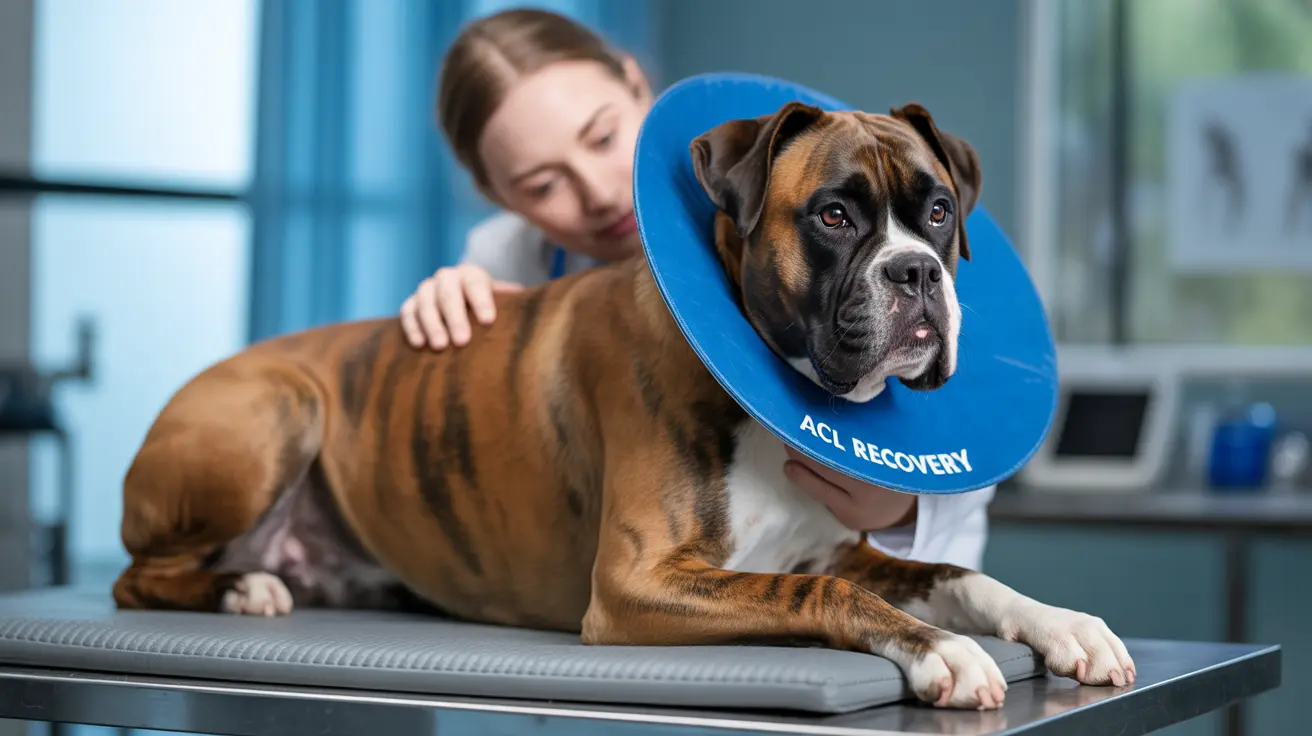If your dog has been diagnosed with a torn ACL (technically called CCL in dogs), understanding the costs involved in surgical treatment is crucial for making informed decisions about their care. This comprehensive guide breaks down everything you need to know about dog ACL surgery costs, including different surgical options, factors affecting price, and what to expect during recovery.
Understanding Dog ACL Surgery Costs
The cost of dog ACL surgery typically ranges from $1,200 to $5,000 per knee, depending on various factors including the surgical technique chosen, your geographic location, and your dog's size. This price range covers not just the surgery itself, but often includes pre-surgical testing, anesthesia, and initial post-operative care.
Types of ACL Surgery and Their Costs
TPLO Surgery
Tibial Plateau Leveling Osteotomy (TPLO) is generally the most expensive option, ranging from $3,000 to $5,000 per knee. This procedure is often recommended for larger dogs and active breeds due to its excellent long-term outcomes.
TTA Surgery
Tibial Tuberosity Advancement (TTA) typically costs between $3,000 to $4,500. This procedure is another effective option for medium to large breeds, though slightly less common than TPLO.
Traditional Extracapsular Repair
The lateral suture technique costs between $1,200 to $2,500, making it the most affordable option. It's typically recommended for smaller dogs or older, less active pets.
Factors Affecting Surgery Costs
Geographic Location
Urban areas and coastal regions typically charge higher fees than rural locations. For example, the same TPLO procedure might cost $5,000 in New York City but $3,500 in a smaller Midwest town.
Veterinary Expertise
Board-certified surgeons typically charge more than general practitioners, but often provide superior expertise and outcomes. Teaching hospitals might offer lower rates for procedures performed by supervised residents.
Dog Size and Condition
Larger dogs require more anesthesia and surgical materials, increasing costs. Additionally, complicated cases or dogs with other health issues may incur higher fees due to additional necessary precautions.
Additional Costs to Consider
Pre-surgical Expenses
Diagnostic testing, including X-rays and blood work, can add $200-500 to your total costs. These tests are essential for ensuring your dog is healthy enough for surgery.
Post-operative Care
Recovery costs typically include:
- Pain medications and antibiotics ($50-200)
- Follow-up appointments ($50-100 each)
- Physical therapy sessions ($50-150 per session)
- Rehabilitation equipment ($100-300)
Financial Planning and Insurance
Many pet insurance policies cover ACL surgery, though some require specific riders or have waiting periods. Various payment options exist, including:
- Care Credit and other medical financing
- Veterinary payment plans
- Nonprofit assistance programs
- Savings accounts dedicated to pet care
Frequently Asked Questions
How much does dog ACL (CCL) surgery typically cost and what factors affect the price?
Dog ACL surgery costs typically range from $1,200 to $5,000 per knee. The price varies based on the surgical technique chosen, geographic location, veterinary expertise, dog size, and whether pre- and post-operative care is included in the quoted price.
What are the different types of ACL surgery available for dogs and how do their costs compare?
The main surgical options include TPLO ($3,000-$5,000), TTA ($3,000-$4,500), and traditional extracapsular repair ($1,200-$2,500). TPLO is typically most expensive but considered the gold standard for larger dogs, while extracapsular repair is more affordable and suitable for smaller dogs.
What post-operative care and rehabilitation expenses should I expect after my dog's ACL surgery?
Post-operative expenses typically include pain medications ($50-200), follow-up visits ($50-100 each), physical therapy sessions ($50-150 per session), and possibly rehabilitation equipment ($100-300). The total post-operative care cost usually ranges from $200-1,000.
How long does recovery usually take after ACL surgery for dogs and what does the process involve?
Recovery typically takes 8-12 weeks for basic healing, with full recovery in 4-6 months. The process involves strict rest for the first few weeks, followed by gradually increasing activity levels, possible physical therapy, and regular veterinary check-ups to monitor progress.
Are there financing options or pet insurance plans that cover the cost of dog ACL surgery?
Yes, many pet insurance plans cover ACL surgery, though some require specific riders or have waiting periods. Financial options include CareCredit, veterinary payment plans, and nonprofit assistance programs. It's important to verify coverage details before surgery.
Conclusion
While dog ACL surgery represents a significant investment, understanding the available options and associated costs can help you make the best decision for your pet's health and your financial situation. Consider discussing payment plans with your veterinarian and exploring insurance options to help manage these expenses effectively.






